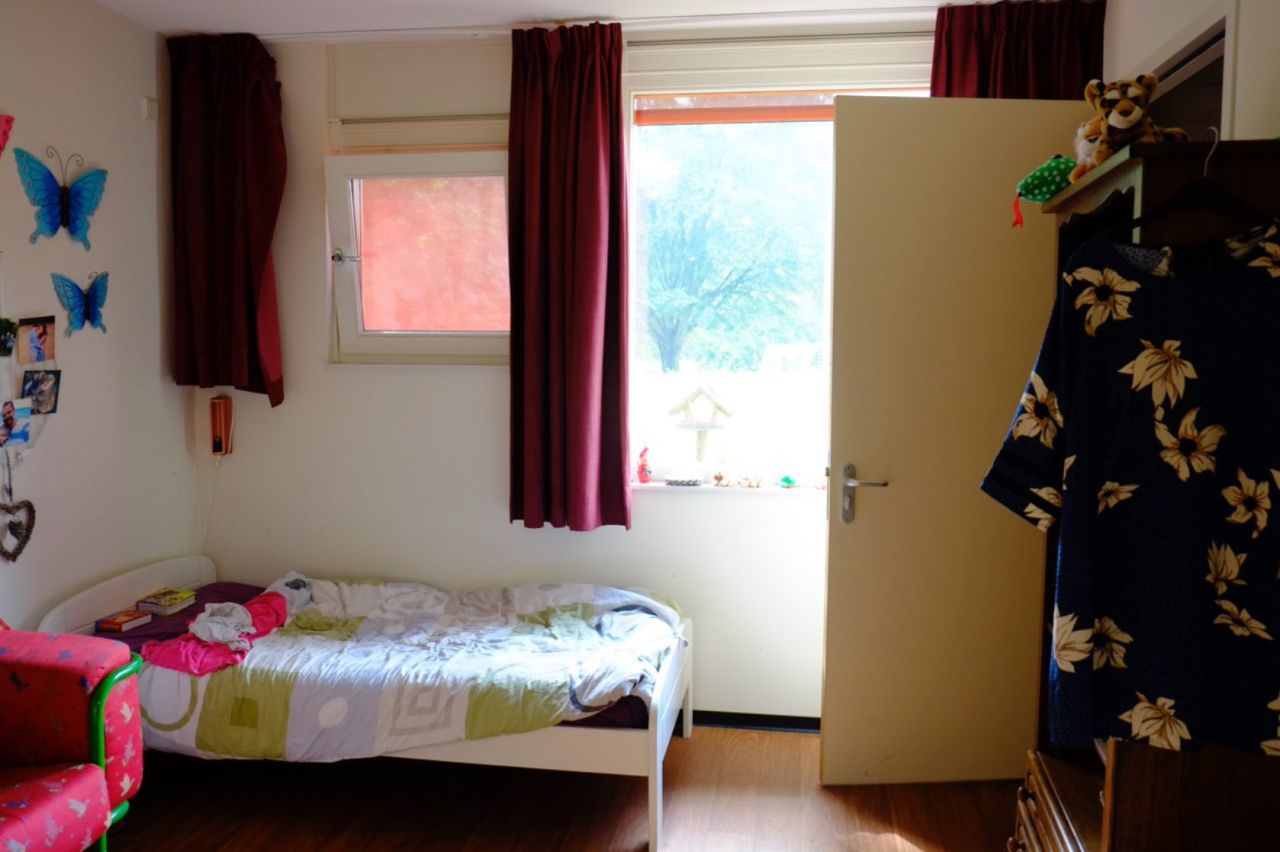Room for people with challenging behaviour
Challenging behaviour, such as aggression towards oneself, others, or objects, arises in interaction with the environment and may prevent individuals from participating in society and compromise their quality of life. Literature suggests that architects can contribute to prevention, by influencing
challenging behaviour before rather than after its occurrence. This project explores how architecture can
contribute to the quality of life of intellectually impaired (and autistic) individuals showing challenging behaviour.
<P> This research is conducted by Berit Ann Roos under supervision of Ann Heylighen and Mark Mobach (Hanzehogeschool Groningen).
publications
Roos, B.A., Mobach, M., Heylighen, A. (2023). Challenging Behavior in Context: A Case Study on How People, Space, and Activities Interact. HERD-HEALTH ENVIRONMENTS RESEARCH & DESIGN JOURNAL, 16 (4), 296-312.
Roos, B.A., Mobach, M., Heylighen, A. (2023). How to Study Interactions between Challenging Behaviour and Space? Exploring the Relevance of Routinely Collected Data. In: The Evolving Scholar | ARCH22. Presented at the ARCH22 'Enabling health, care and well-being through design research’, Delft / Rotterdam, 22-24 Aug 2022.
Roos, B.A., Mobach, M., Heylighen, A. (2022). How does architecture contribute to reducing behaviours that challenge? A scoping review. Research In Developmental Disabilities, 127, Art.No. 104229.
Roos, B.A., Mobach, M., Heylighen, A. (2020). How architecture can support self-regulating interpersonal distance for individuals showing challenging behaviour: A case study at a very-intensive-care facility. Proceedings of Design4Health2020, 3: 160-166.
Roos, B.A., Mobach, M., Heylighen, A. (2020). Improving the Quality of Life with Challenging Behaviour through Architecture: A Case Study at a Dutch Very-Intensive-Care Facility. In: Companion proceedings of the European Facility Management International Conference 2020 - EFMIC 2020, (48-51). Presented at the e European Facility Management International Conference 2020 - EFMIC 2020, on-line.

